Queen Elizabeth II Height Weight Age Death Biography Family Wiki Net Worth, Affairs, Marriage & much more.Elizabeth II (Elizabeth Alexandra Mary; 21 April 1926 – 8 September 2022) was Queen of the United Kingdom from 6 February 1952 until her death in 2022. Her reign of 70 years and 214 days was the longest of any British monarch and the second-longest recorded of any monarch of a sovereign country. At the time of her death, Elizabeth was queen of 14 other Commonwealth realms in addition to the UK.
Elizabeth was born in Mayfair, London, as the first child of the Duke and Duchess of York (later King George VI and Queen Elizabeth). Her father acceded to the throne in 1936 upon the abdication of his brother, King Edward VIII, making Elizabeth the heir presumptive. She was educated privately at home and began to undertake public duties during the Second World War, serving in the Auxiliary Territorial Service. In November 1947, she married Philip Mountbatten, a former prince of Greece and Denmark, and their marriage lasted 73 years until his death in April 2021. They had four children together: Charles III; Anne, Princess Royal; Prince Andrew, Duke of York; and Prince Edward, Earl of Wessex.
When her father died in February 1952, Elizabeth—then 25 years old—became queen regnant of seven independent Commonwealth countries: the United Kingdom, Canada, Australia, New Zealand, South Africa, Pakistan, and Ceylon (known today as Sri Lanka), as well as Head of the Commonwealth. Elizabeth reigned as a constitutional monarch through major political changes such as the Troubles in Northern Ireland, devolution in the United Kingdom, the decolonisation of Africa, and the United Kingdom’s accession to the European Communities and withdrawal from the European Union. The number of her realms varied over time as territories have gained independence and some realms have become republics. Her many historic visits and meetings include state visits to China in 1986, Russia in 1994, the Republic of Ireland in 2011, and visits with five Popes.
Significant events include Elizabeth’s coronation in 1953 and the celebrations of her Silver, Golden, Diamond, and Platinum Jubilees in 1977, 2002, 2012, and 2022, respectively. Elizabeth was the longest-lived and longest-reigning British monarch, and the second-longest verifiable reigning sovereign monarch in world history, only behind Louis XIV of France. She faced occasional republican sentiment and media criticism of her family, particularly after the breakdowns of her children’s marriages, her annus horribilis in 1992, and the death of her former daughter-in-law Diana, Princess of Wales, in 1997. However, support for the monarchy in the United Kingdom remained consistently high, as did her personal popularity. Elizabeth died on 8 September 2022 at Balmoral Castle, Aberdeenshire. She was succeeded by her eldest son, Charles III.
Early life
Elizabeth was born at 02:40 (GMT) on 21 April 1926, during the reign of her paternal grandfather, King George V. Her father, the Duke of York (later King George VI), was the second son of the King. Her mother, the Duchess of York (later Queen Elizabeth The Queen Mother), was the youngest daughter of Scottish aristocrat Claude Bowes-Lyon, 14th Earl of Strathmore and Kinghorne, at whose London home (17 Bruton Street, Mayfair) she was delivered by Caesarean section. She was baptised by the Anglican Archbishop of York, Cosmo Gordon Lang, in the private chapel of Buckingham Palace on 29 May, and named Elizabeth after her mother; Alexandra after her paternal great-grandmother, who had died six months earlier; and Mary after her paternal grandmother. Called “Lilibet” by her close family, based on what she called herself at first, she was cherished by her grandfather, George V, whom she affectionately called “Grandpa England”, and her regular visits during his serious illness in 1929 were credited in the popular press and by later biographers with raising his spirits and aiding his recovery.
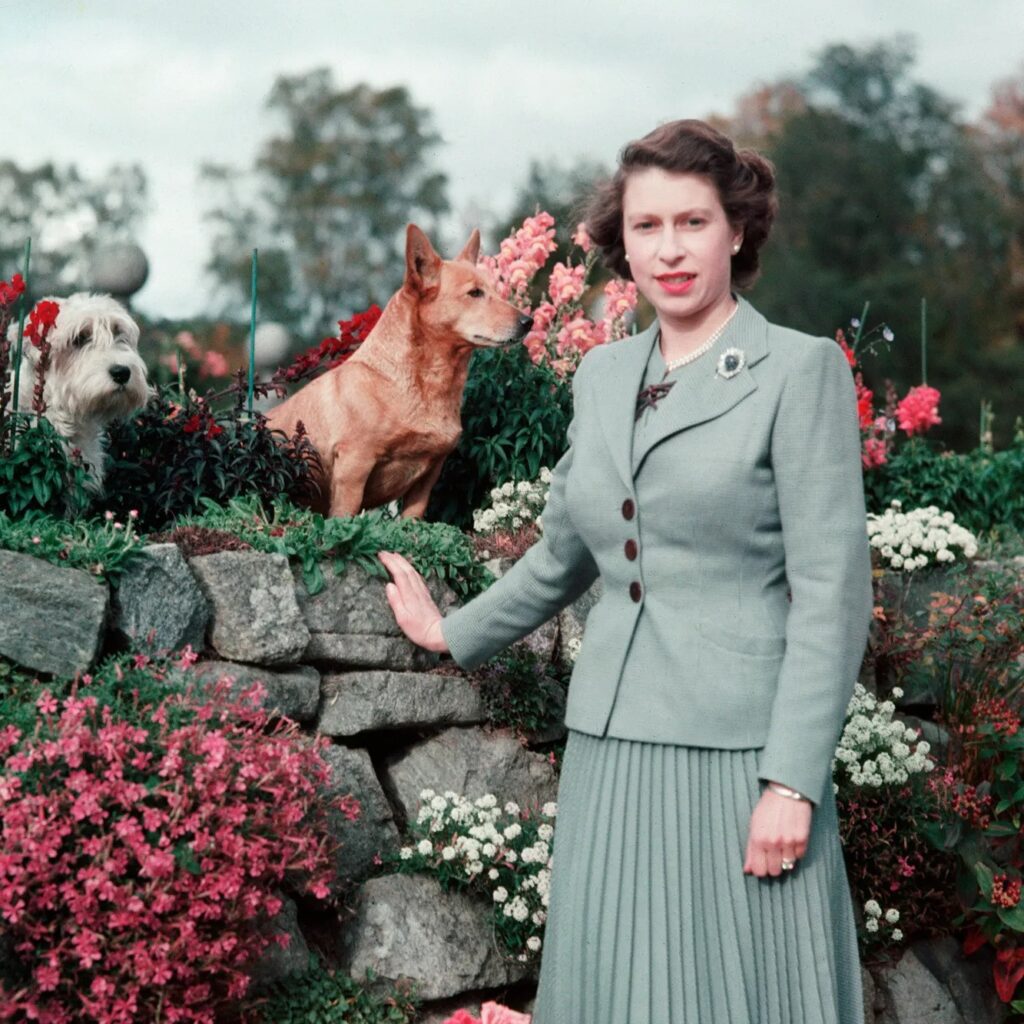
Elizabeth’s only sibling, Princess Margaret, was born in 1930. The two princesses were educated at home under the supervision of their mother and their governess, Marion Crawford. Lessons concentrated on history, language, literature, and music. Crawford published a biography of Elizabeth and Margaret’s childhood years entitled The Little Princesses in 1950, much to the dismay of the royal family. The book describes Elizabeth’s love of horses and dogs, her orderliness, and her attitude of responsibility. Others echoed such observations: Winston Churchill described Elizabeth when she was two as “a character. She has an air of authority and reflectiveness astonishing in an infant.” Her cousin Margaret Rhodes described her as “a jolly little girl, but fundamentally sensible and well-behaved”.
Marriage
Elizabeth met her future husband, Prince Philip of Greece and Denmark, in 1934 and again in 1937. They were second cousins once removed through King Christian IX of Denmark and third cousins through Queen Victoria. After meeting for the third time at the Royal Naval College in Dartmouth in July 1939, Elizabeth—though only 13 years old—said she fell in love with Philip, and they began to exchange letters. She was 21 when their engagement was officially announced on 9 July 1947.
The engagement was not without controversy; Philip had no financial standing, was foreign-born (though a British subject who had served in the Royal Navy throughout the Second World War), and had sisters who had married German noblemen with Nazi links. Marion Crawford wrote, “Some of the King’s advisors did not think him good enough for her. He was a prince without a home or kingdom. Some of the papers played long and loud tunes on the string of Philip’s foreign origin.” Later biographies reported that Elizabeth’s mother had reservations about the union initially, and teased Philip as “The Hun”. In later life, however, the Queen Mother told biographer Tim Heald that Philip was “an English gentleman”.
Before the marriage, Philip renounced his Greek and Danish titles, officially converted from Greek Orthodoxy to Anglicanism, and adopted the style Lieutenant Philip Mountbatten, taking the surname of his mother’s British family. Shortly before the wedding, he was created Duke of Edinburgh and granted the style His Royal Highness. Elizabeth and Philip were married on 20 November 1947 at Westminster Abbey. They received 2,500 wedding gifts from around the world. Elizabeth required ration coupons to buy the material for her gown (which was designed by Norman Hartnell) because Britain had not yet completely recovered from the devastation of the war. In post-war Britain, it was not acceptable for Philip’s German relations, including his three surviving sisters, to be invited to the wedding. Neither was an invitation extended to the Duke of Windsor, formerly King Edward VIII.
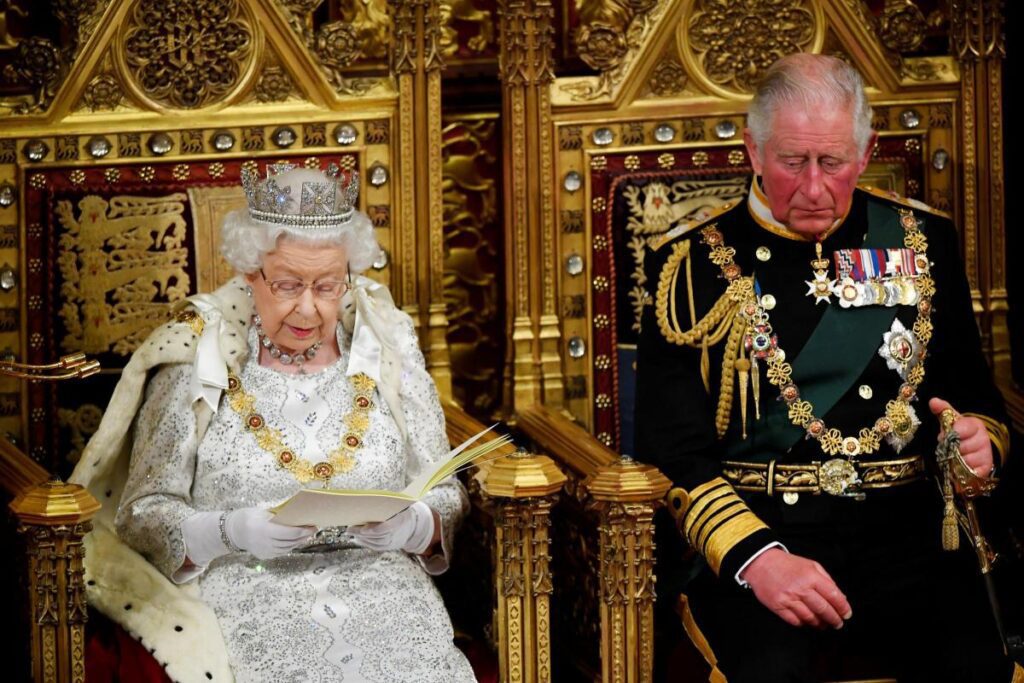
Elizabeth gave birth to her first child, Prince Charles, on 14 November 1948. One month earlier, the King had issued letters patent allowing her children to use the style and title of a royal prince or princess, to which they otherwise would not have been entitled as their father was no longer a royal prince. A second child, Princess Anne, was born on 15 August 1950.
Following their wedding, the couple leased Windlesham Moor, near Windsor Castle, until July 1949, when they took up residence at Clarence House in London. At various times between 1949 and 1951, the Duke of Edinburgh was stationed in the British Crown Colony of Malta as a serving Royal Navy officer. He and Elizabeth lived intermittently in Malta for several months at a time in the hamlet of Gwardamanġa, at Villa Guardamangia, the rented home of Philip’s uncle, Lord Mountbatten. Their two children remained in Britain.
Queen Elizabeth II Death Age Husband Children Honour Family Biography & More
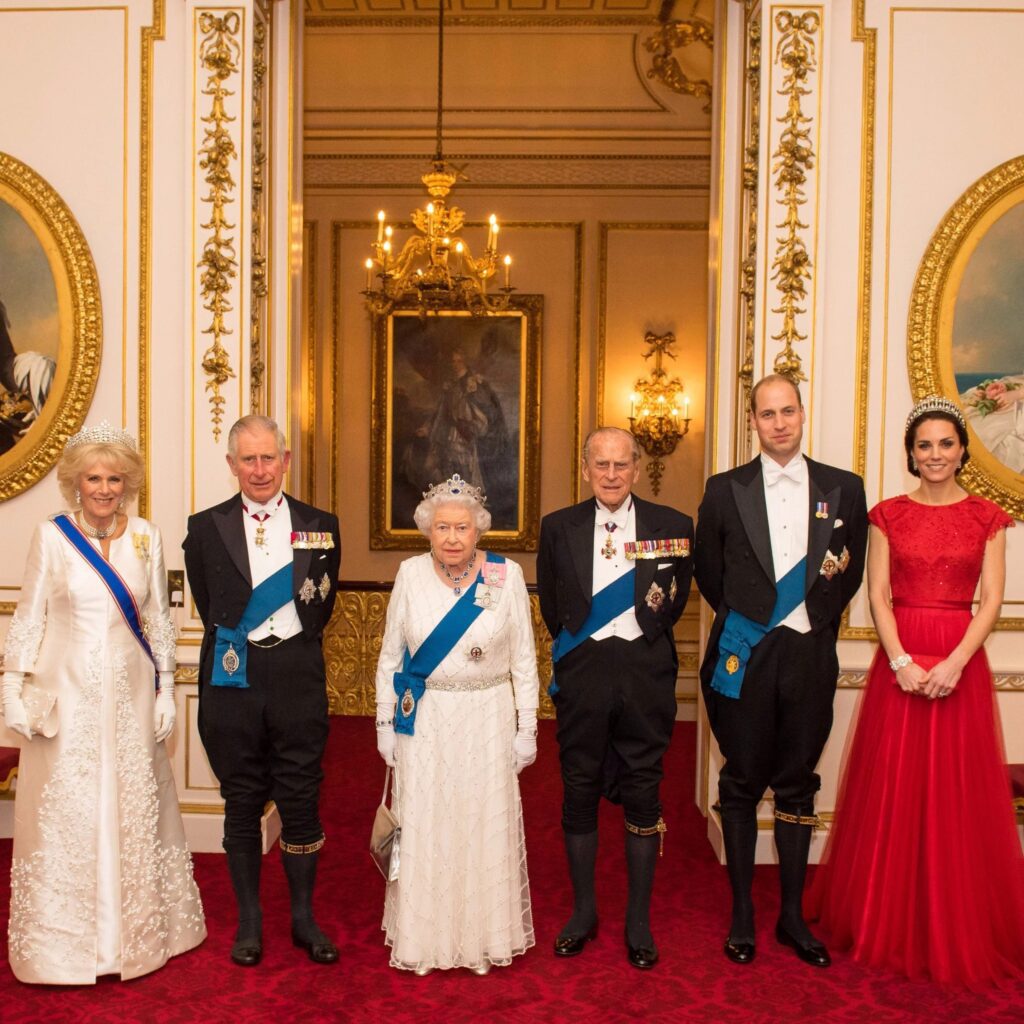
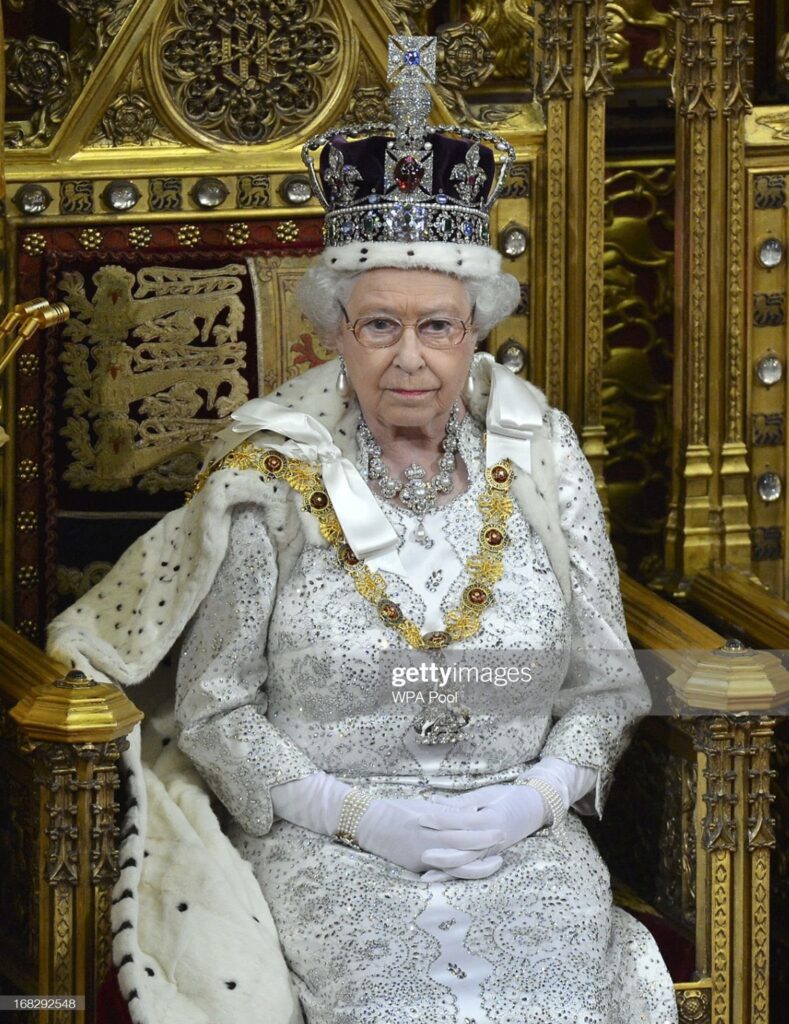
Death
On 8 September 2022, Buckingham Palace announced that the Queen was under medical supervision at Balmoral Castle after doctors expressed concern. The statement read, “Following further evaluation this morning, the Queen’s doctors are concerned for Her Majesty’s health and have recommended she remain under medical supervision. The Queen remains comfortable and at Balmoral.” The Queen’s four children, along with her daughters-in-law, and grandsons Prince William and Prince Harry, travelled to be with her. Her death was confirmed that evening,setting in motion Operation London Bridge and Operation Unicorn.
Titles, styles, honor, and arms
Titles and styles
21 April 1926 – 11 December 1936: Her Royal Highness Princess Elizabeth of York
11 December 1936 – 20 November 1947: Her Royal Highness The Princess Elizabeth
20 November 1947 – 6 February 1952: Her Royal Highness The Princess Elizabeth, Duchess of Edinburgh
6 February 1952 – 8 September 2022: Her Majesty The Queen
Elizabeth held many titles and honorary military positions throughout the Commonwealth, was sovereign of many orders in her own countries, and received honours and awards from around the world. In each of her realms, she had a distinct title that follows a similar formula: Queen of Saint Lucia and of Her other Realms and Territories in Saint Lucia, Queen of Australia and Her other Realms and Territories in Australia, etc. In the Channel Islands and Isle of Man, which are Crown Dependencies rather than separate realms, she was known as Duke of Normandy and Lord of Mann, respectively. Additional styles include Defender of the Faith and Duke of Lancaster.
When conversing with the Queen, the correct etiquette was to address her initially as Your Majesty and thereafter as Ma’am (pronounced /mæm/), with a short ‘a’ as in jam.
Arms
See also: Flags of Elizabeth II
From 21 April 1944 until her accession, Elizabeth’s arms consisted of a lozenge bearing the royal coat of arms of the United Kingdom differenced with a label of three points argent, the centre point bearing a Tudor rose and the first and third a cross of St George. Upon her accession, she inherited the various arms her father held as sovereign. The Queen also possessed royal standards and personal flags for use in the United Kingdom, Canada, Australia, New Zealand, Jamaica, and elsewhere.
Issue
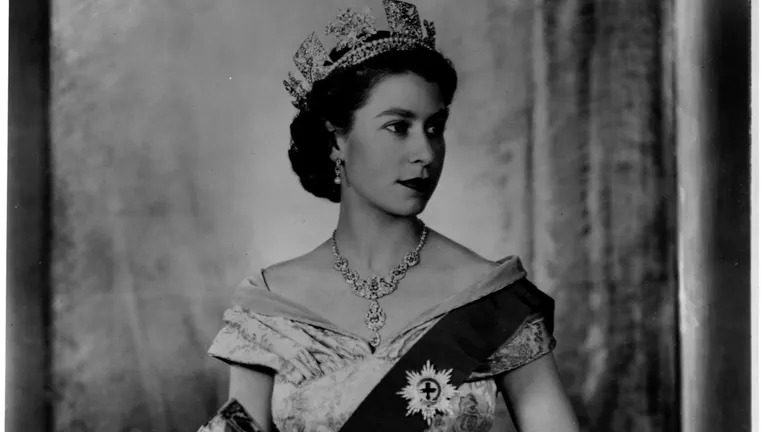
| Name | Birth | Marriage | Children | Grandchildren | |
|---|---|---|---|---|---|
| Date | Spouse | ||||
| Charles III | 14 November 1948 (age 73) | 29 July 1981 Divorced 28 August 1996 | Lady Diana Spencer | Prince William, Duke of Cornwall and Cambridge | Prince George of Cornwall and Cambridge Princess Charlotte of Cornwall and Cambridge Prince Louis of Cornwall and Cambridge |
| Prince Harry, Duke of Sussex | Archie Mountbatten-Windsor Lilibet Mountbatten-Windsor | ||||
| 9 April 2005 | Camilla Parker Bowles | None | |||
| Anne, Princess Royal | 15 August 1950 (age 72) | 14 November 1973 Divorced 28 April 1992 | Mark Phillips | Peter Phillips | Savannah Phillips Isla Phillips |
| Zara Tindall | Mia Tindall Lena Tindall Lucas Tindall | ||||
| 12 December 1992 | Timothy Laurence | None | |||
| Prince Andrew, Duke of York | 19 February 1960 (age 62) | 23 July 1986 Divorced 30 May 1996 | Sarah Ferguson | Princess Beatrice, Mrs Edoardo Mapelli Mozzi | Sienna Mapelli Mozzi |
| Princess Eugenie, Mrs Jack Brooksbank | August Brooksbank | ||||
| Prince Edward, Earl of Wessex | 10 March 1964 (age 58) | 19 June 1999 | Sophie Rhys-Jones | Lady Louise Mountbatten-Windsor | None |
| James Mountbatten-Windsor, Viscount Severn | None |

